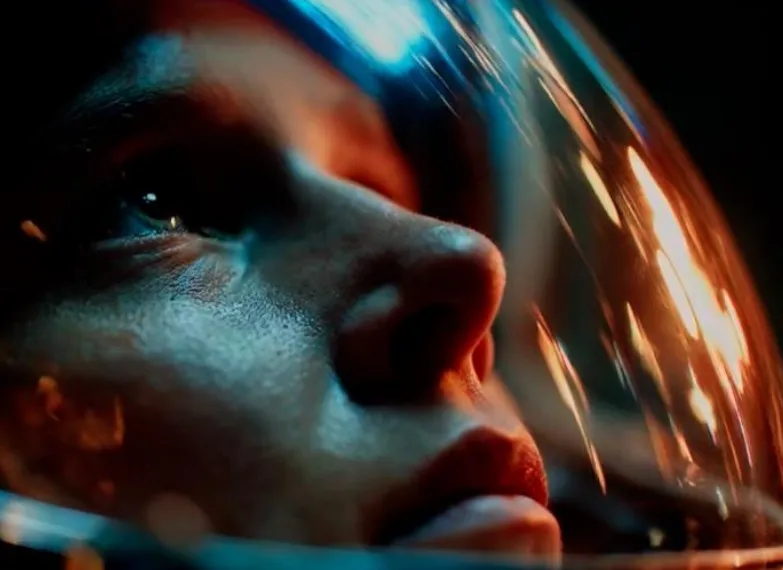
The race to bring cinematic-level video to studios and filmmakers took another turn Thursday as AI video company Luma AI announced it was partnering with Adobe to release its new Ray3 model.
Starting today, the AI video company is making Ray3 available to customers of Adobe’s generative-AI app Adobe Firefly. Paid Firefly customers will get unlimited AI-assisted video over the next two weeks, with a cost structure kicking in after that. Other clients, such as Hollywood studios and streamers, can order the tool separately for their filmmakers. With the deal, Luma hopes its tech tool will become a staple for the industry.
Backed by Amazon, a16z and others, Luma AI’s tech aims to make AI-generated cinematic video more realistic. The company is in an arms race with Runway AI, Google Veo and others. Hollywood studios and filmmakers, the companies hope, will use the tools to generate video in-screen without requiring shoots, cutting down on costs. The quality of the AI-generated videos will be a key determining factor in the update of the new technology. To what extent AI video can, or should, replace physical production remains an open question.
Luma has been releasing a steady stream of models since it came on the scene in early 2024 with Dream Machine. The tool was a quantum leap forward in what short-form video could do with basic text prompts. Ray3 continues the trend of short 10-second videos without dialogue but with a higher level of realism.
In a call with THR, Luma AI CEO called Ray3 “the most intelligent video model on the market.” He touted its ability to “reason,” an at-times squishy AI term that essentially means the model can interrogate itself to improve on an existing task instead of requiring users to keep refining their prompts.
“If coders get intelligent models, why shouldn’t creators get intelligent models?” Jain said. In a demonstration, he showed a complex prompt that asks for the model to have characters turning to a light while it changes colors, followed by an explosion. The six-part sequence, he said, could not be handled by most models.
Ray3 also provides the ability to doodle on an image, drawing out the trajectory of a character on screen, with the tool then generating a video of the movement.
“With Ray3 now available in the Firefly app, Adobe customers are among the first to gain access to a powerful new video model that amplifies imagination and transforms workflows,” Adobe’s v-p of new GenAI business ventures Hannah Elsakr said in a statement. “We can’t wait to see how they use it to bring their ideas to life.”
Veo 3 remains a leader thanks to Google’s reach, tech and ability to train on millions of YouTube videos.



